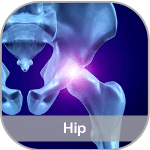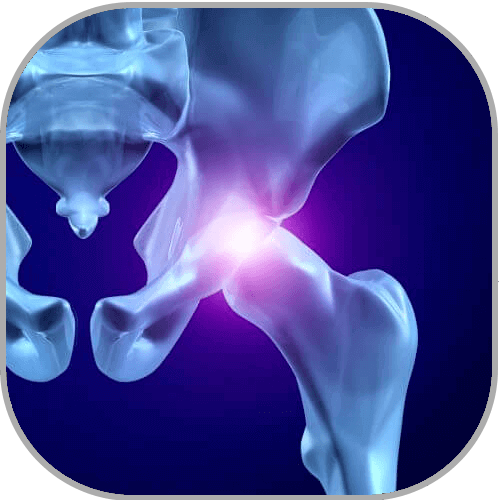 In most cases, we will perform a minimally invasive arthroscopic technique during surgery which can help to speed recovery, reduce the size of the scar, and offer excellent results.
In most cases, we will perform a minimally invasive arthroscopic technique during surgery which can help to speed recovery, reduce the size of the scar, and offer excellent results.
Our rapid recovery program is specifically designed to assist you in getting back to your normal routine as quickly and as safely as possible. You will stay in the hospital for a few days, or as long as recommended by your orthopedic surgeon, and we will provide prescription medication to help minimize discomfort during the healing process. Depending on the technique used, you may have a drain attached to help eliminate fluids that would otherwise accumulate in the area. Typically this tube will be removed after a few days when your bandage will be changed and replaced with a smaller one.
Your comfort and safety are our highest priorities, and our experienced and friendly staff will help you find a comfortable position while you stay with us, as well as encourage you to move your unaffected leg and rotate your ankles to limit the risk of blood clots.
Once you are discharged from the hospital your at-home recovery will begin. Much of your activity will be limited during this time, and it’s essential for you to follow any instructions for movement to help optimize your healing. If you notice anything unusual during your recovery, such as drainage, a foul odor coming from the incision, development of a fever, or swelling, tenderness, and/or pain, you should alert your physician immediately.
Everyone’s body and rate of healing is unique, so you must not be concerned about how long anyone else has taken to recover. You can typically return to driving once you are able to place your full weight on your hip. We recommend practicing driving in a safe location before resuming this activity as normal.
As for work and regular daily duties, your physician will discuss the appropriate length of time off with you based on your unique needs and healing rate. In approximately three to four months you should be able to perform certain low-impact exercises, including walking, bicycling, and swimming. High-impact activities like running, most sports, and aerobics, should still be avoided.
Your doctor will explain more thoroughly what you can and cannot do during your follow-up appointments, which typically occur at six weeks, five months, and one year following your operation.



 Not all hip pain will require surgery to address. Our orthopaedic specialists will recommend a progressive series of conservative treatment methods before determining that an operation can provide the best possible outcome. Some of the non-surgical approaches we can utilize to help alleviate your pain and heal your condition may include physical therapy, anti-inflammatory medications, injections, and stretching.
Not all hip pain will require surgery to address. Our orthopaedic specialists will recommend a progressive series of conservative treatment methods before determining that an operation can provide the best possible outcome. Some of the non-surgical approaches we can utilize to help alleviate your pain and heal your condition may include physical therapy, anti-inflammatory medications, injections, and stretching.


